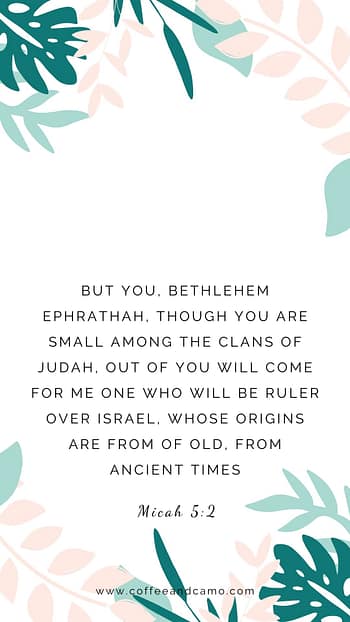Want Advent emails delivered straight to your inbox? Sign up here!
Readings: Micah 5:1-5a + Matthew 2:1-6 + Colossians 1:15-17
When I think of being saved or rescued, what comes to mind is heroes in capes. Our culture loves the imagery of a good guy fighting the bad guy. Millions of dollars have been spent and made on these images.
The desire for a savior is ingrained in our humanity. We know we’re incapable of getting out of our own way, of saving ourselves.
The superhero’s image in our current culture is relatively standard, and many superheroes have similar qualities.
A superhero usually has a strong moral code and is fighting for the right thing over evil or wrong things. They often have a secret identity, preferring to keep their crime-fighting work separate from their daily living.
Superheroes sometimes have special powers, abilities, or levels of intelligence. In one or more ways, they appear more than human. Additionally, they often live in cities, surrounded by people, both good and bad.
Like many of us “normal people,” superheroes have overcome personal obstacles. Often these are part of the characters’ origin story, describing how they came into the identity they now claim.
And, of course, most have some identifying symbol or icon. This way, we know who they are. Batman looks different from Superman, who looks different from Aquaman. We can tell these heroes apart using both costume and ability.
The superhero story has shaped our ideas of “the good guy.” These narratives are intricately linked to our hopes and fears, our needs, and our social norms. Their images and stories cross generational gaps, appealing to children and adults alike.
So, what do we do when presented with a Savior who looks nothing like the superhero we expect?
Micah 5 prophesies a savior that looks quite the opposite of our modern-day superheroes.
Micah states that the Savior will come during a time when the Lord feels far away from Israel. The Message translation interprets verse 1 as “But for now, prepare for the worst, victim daughter! The siege is set against us. They humiliate Israel’s king, slapping him around like a rag doll.”
Your leaders will be a laughingstock. You’ll sit at the bottom of the barrel. Prepare for the worst but know that something good is coming afterward.
It’s only after a time of distance from God that “one who will be the ruler over Israel” will come from Bethlehem Ephrathah (v.2). Bethlehem – a small town, hardly worth putting on the map. No big city residence for the promised Savior.
Micah tells us that the One who comes has origins from old, ancient times (v. 2). There’s no dramatic, tear-jerking origin story. The One who’s coming has always been.
So, maybe we ask, how will we know it’s him?
In verse 5a, we see the identifying feature of this Savior – “he will be our peace.” Strikingly, the prophecy doesn’t say he will bring peace. Instead, his very nature is peace. You will know it’s him by his character and costume; this is one of the symbols he will wear.
The person of Jesus doesn’t look anything like our modern-day superheroes. But still, we look to him, draw close to him, to find our salvation. Jesus takes on more of our burden than we may ever fully realize.
Perhaps we should be on the lookout for the small and unassuming this season. May our eyes and hearts to be open to all the Lord has for us.
Journal Prompt: Who are some people you most admire? Superheroes, leaders, business people, family. What qualities do they share with Jesus? How are you mirroring these same qualities and becoming more like Jesus?


